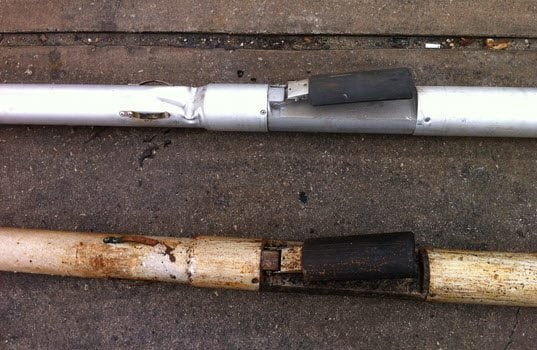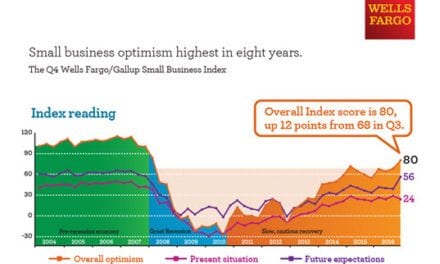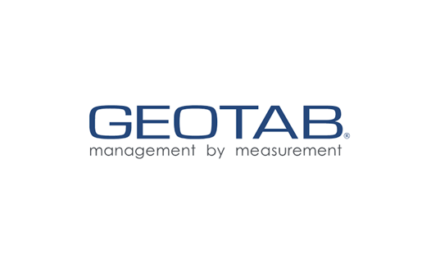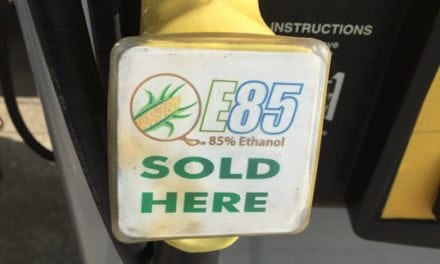Photo: A corroded flapper valve from a diesel tank, next to another flapper valve from the gasoline tank at the same site.
By Brad Hoffman, Tanknology, Inc.
The U.S. Environmental Protection Agency (EPA) began to phase in ultra-low-sulfur diesel (ULSD) in 2006, with stringent regulations intended to virtually eliminate sulfur from diesel fuel and thereby reduce sulfur dioxide emissions. The EPA order was to reduce the sulfur content of all diesel fuel sold from a one-time high of as much as 5,000 parts per million (ppm) to a maximum of 15 ppm by 2014. Highway diesel was required to meet the standard by 2010.
Unfortunately, a problem quickly emerged. Water is typically found in all diesel tank systems. The sulfur in diesel served as a critical biocide that minimized microbial growth. So, almost immediately, the tanks containing diesel fuel with virtually no sulfur started showing signs of aggressive microbial growth and corrosion—the damage that once took many years to emerge began surfacing in a matter of months.
Last summer, the EPA released the first major study on this aggressive corrosion in ULSD tank and dispensing systems. Overall, the findings were staggering: 83% of tank systems in the study exhibited moderate to severe corrosion.
However, another finding was potentially the key to the rapidly developing issue. In the study, the fuel in each tank was sampled and tested. Ethanol was present in 90% of the tanks sampled.
Ethanol is not blended with ULSD—at least not on purpose. It appears that ethanol’s prevalence in diesel tanks is largely due to cross-contamination occurring when transport tankers switch from ethanol-blended gasoline in one run to ULSD in the next. It takes only trace levels of ethanol for certain bacteria to create the acid that appears to be destroying these diesel fueling systems.
So, What Is There to Do?
If you can see corrosion or microbial growth on your underground storage tank (UST) system components, or your dispenser filters are becoming clogged more frequently, it’s time to look further and assess the severity of the situation.

A corroded filter housing inside a diesel dispenser.
Sampling the fuel will likely determine the extent of microbial growth inside the tank. Next, a thorough tank cleaning and filtration of the existing fuel is typically in order. Several companies provide fuel filtration services. At Tanknology, our service is called FuelPure™, and the following processes demonstrate how we approach it.
The objectives include removing particulates, water, sludge, algae and other microbial growth, as well as visibly dirty fuel, and returning the tank system to a more optimal operating condition.
- Assessment: Automatic tank gauge (ATG) inventory reports are run for each tank. Tanks are also manually sticked for product level and bottom water at multiple risers, verifying the low end of the tank. A bottom sample of fuel is collected at multiple risers for comparison in the filtration process.
- Application of Biocide: If microbial growth is present in the fuel or water bottom, a biocide treatment may be employed. A culture test can be utilized to confirm the type of growth. If it’s the first application in the tank, it may be “shocked” with a high dose of biocide—per the manufacturer’s instructions—similar to how a swimming pool can be “shocked” with chlorine to get rid of algae. Biocides may take 24 hours or more to impact the microbes in the tank, though some claim to work within a few hours.
- Bottom Sweep: In some cases, a bottom sweep process may be employed once the biocide has killed the microbial growth in the tank. This sweep process is used to extract heavy debris and dirty product along the bottom of the tank.
- FuelPure™ Fuel Filtration and Polishing Process: Fuel is drawn through an initial filtering process that removes the heavy tank bottom contaminants and water. The types and number of contaminants are assessed, and the contaminated fuel is passed through a series of filters. The filters remove suspended water and polish the fuel in multiple stages, depending on the level and density of the contaminants. During the process, the intake hose is repositioned throughout the tank to ensure maximum fuel and tank cleanliness.
- Incorporation of Remote Video: Tanknology also offers a unique service called TankClean™, which is a video-guided tank cleaning process. A proprietary camera is placed inside the tank and is remotely operated by a technician, providing a live view of the entire cleaning process on a color monitor. It provides a clear look at the condition inside the tank before, during and after the cleaning. Because the technician can see inside the tank, the cleaning process is precisely focused on the problem areas. When the cleaning is complete, a digital file of the video is provided to the operator so they can see the before and after comparison for themselves.
A Preventive Maintenance Approach
Once your tank system and fuel have been cleaned and polished, it’s time to implement a strict and comprehensive preventive maintenance (PM) approach to fuel management.
The number one rule of dealing with fuel in the age of ethanol and ULSD is minimizing water. Water is the enemy of fuel and tank systems. Many of the problems discussed in this article can be avoided with an intensive focus on detecting and eliminating water from your UST system.
A comprehensive site inspection, fuel testing and treatment program should also be created to ensure that the fuel and tank systems remain in optimal condition.
Many of our customers are leveraging the upcoming requirement for monthly site walk-throughs by using a trained professional to also take multi-point fuel samples and periodically treat their tanks with biocide.
Given the composition of today’s fuels, the unfortunate reality is this: if your fuel and tank systems aren’t being closely monitored and carefully managed, severe microbial growth and corrosion is a matter of when, not if.
 Brad Hoffman is Vice President of Engineering, Research & Development for Tanknology Inc. of Austin, Texas, the largest UST compliance services company in the world. Brad is a 28-year veteran, formerly an engineer and program manager for Exxon. He serves on a variety of PEI and API technical committees. Brad can be reached via email at [email protected].
Brad Hoffman is Vice President of Engineering, Research & Development for Tanknology Inc. of Austin, Texas, the largest UST compliance services company in the world. Brad is a 28-year veteran, formerly an engineer and program manager for Exxon. He serves on a variety of PEI and API technical committees. Brad can be reached via email at [email protected].









